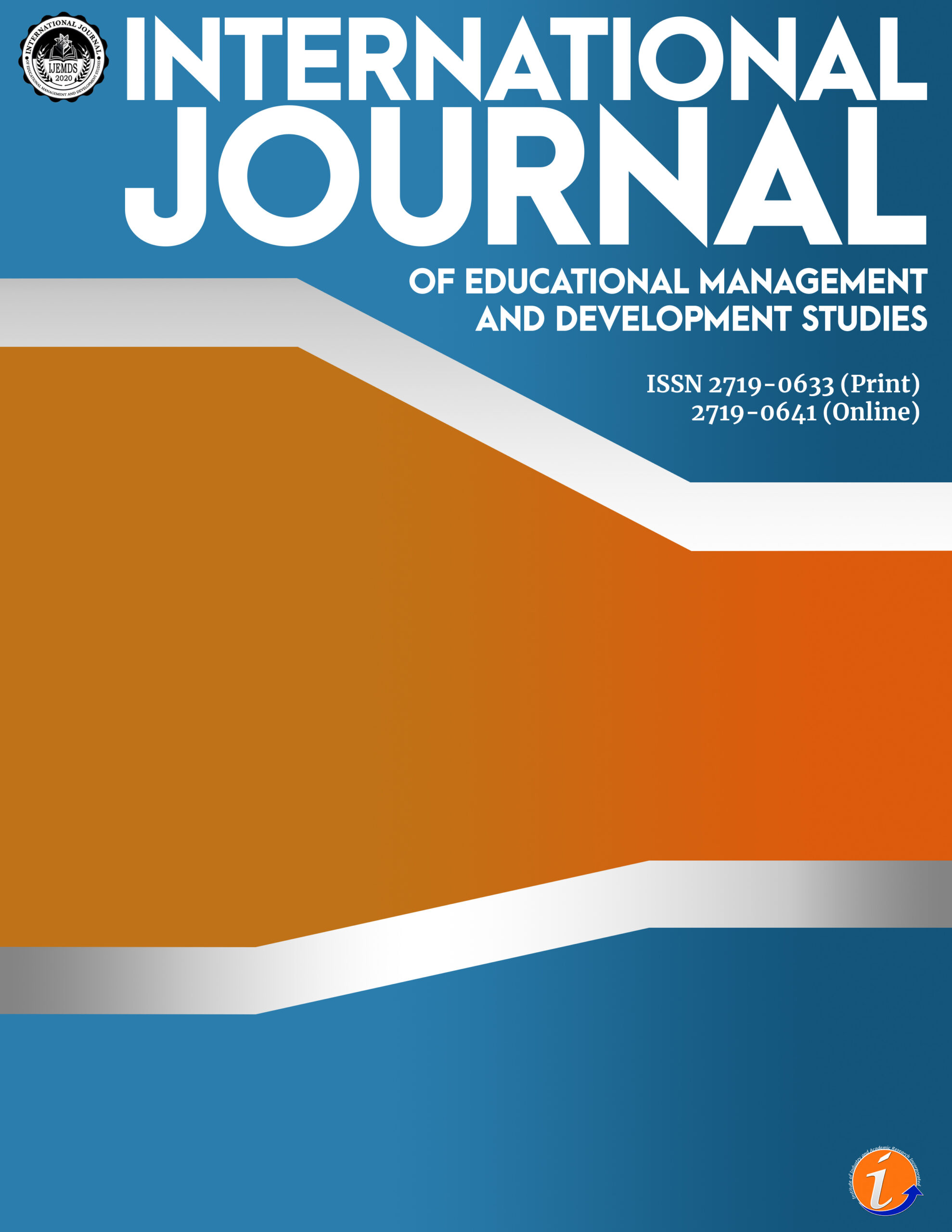This research constitutes a relatively new area of competencies that has emerged from the current trend of Philippine Education. It aimed to analyze transversal competencies embedded in Key Stage 4 English subjects and examined whether these competencies were clearly expressed, stated, and articulated in actual practices. The study used mixed-method research design using the data triangulation method. The corpus of the study was composed of curriculum guides in Key Stage 4 selected English subjects, lesson plans, and transcription from classroom observations. The results revealed the integration of transversal competencies in the Key Stage 4 selected English subjects. However, these transversal competencies were hardly found. Yet, teachers provide opportunity but were not fully realized in the actual instruction. Pertinent recommendations were given to the system respondents, teachers, principals, and education stakeholders to uphold in-depth investigation and exploration of this matter.
English, integration, Key Stage 4, transversal competencies
Chrizza Kaye R. Sotomayor. Department of Education, Division of Quezon. A teacher and an aspiring writer, she won the first Unified National Research Conference 2020 and competed on Regional and National Research Conferences.
Asia-Pacific Education Research Institutes Network (ERI-Net). (2015). Regional Study on: Transversal Competencies in Education Policy and Practice (Phase I): Regional Synthesis Report. Retrieved from: https://unesdoc.unesco.org/
Aytekin, I. (2012). Technology and Technique: An Educational Perspective. TOJET: The Turkish Online Journal of Educational Technology. Retrieved from: http://tojet.net/articles/v11i2/11222.pdf
Binkley, M. et al., (2012). Defining Twenty-First Century Skills. Dordrecht: Springer. Retrieved from: http://dx.doi.org/10.1007/978-94-007-2324-5_2
Bustos, M. & Marabe, J. (2016). Assessment of Transversal Competencies: Policy and Practice in the Philippines. https://unesdoc.unesco.org/
Cameron, R. (2015). Mixed Method Research Workshop. Deakin University, Melbourne. Australian and New Zealang Academy of Management. [PowerPoint slides] https://www.deakin.edu.au/
Care, E., et al. (2019). Education System Alignment for 21st Century Skills: Focus on Assessment. The Brookings Institution: https://www.researchgate.net/
Carter, N., Lukosius, D., Dicenso, A., Neville, A., & Blytthe, J. (2014). The Use of Triangulation Method in Qualitative Research
Collins Dictionary Online. (2019). Differentiates and Distinguishes. Retrieved from: https://www.collinsdictionary.com/
Danielson, C. (2013). Rubric on Framework for Teaching Components. New York. ACSD. http://usny.nysed.gov/rttt/teachers-leaders/practicerubrics/Docs/danielson-teacher-rubric.pdf
Dmytro, B. (2018). Communicative Situations: The Standard and the Conflict Ones. DOI: 10.31108/1.2018.5.15.1.
Drake and Reid (2018). Integrated Curriculum as an Effective Way to Teach 21st Century Capabilities. Asia Pacific Journal of Educational Research
Ercikan, K., & Oliveri, M. (2016). In Search of Validity Evidence in Support of the Interpretation and Use of Assessments of Complex Constructs: Discussion of Research on Assessing 21st Century Skills.
Glossary of Education (2016). Student Engagement Definition. Retrieved from: https://www.edglossary.org/student-engagement/
Hidalgo, F., et al., (2014). Integrating Transversal Competencies in Education Policy and Practice. Philippine Normal University, Phillipines.
Isidor, M., (2013). Viewing Comprehension. College of Arts and Sciences, Evening Program, University of Southeastern Philippines, Obrero Campus, Davao City.
Kennedy, M. (2016), “How does professional development improve teaching?”, Review of Educational Research, Vol. 86/4, pp. 945-980, http://dx.doi.org/10.3102/0034654315626800
Lai, E., & Viering, M., (2012). Assessing 21st Century Skills Integrating Research Findings. National Council on Measurement in Education. Vancouver, B.C.
Littlejohn, A., (2011). Collective Learning in the Workplace: Important Knowledge Sharing Behaviours. Caledonian Academy, Glasgow Caledonian University, United Kingdom. Retrieved from: https://pdfs.semanticscholar.org/
Loeb, S., et al., (2017). Descriptive analysis in Education: A Guide for Researches. U.S Department of Education. ERIC. https://files.eric.ed.gov/fulltext/ED573325.pdf
Miles & Huberman. (2014). Qualitative Data Analysis A Method Sourcebook. SAGE Edition. ISBN 978-1-4522-5787-7
R.A. 10533 (2013). An Act Enhancing The Philippine Basic Education System By Strengthening its Curriculum and Increasing the Number of Years for Basic Education, Appropriating Funds Therefor And Other Purpose.
Rutman, T. & Kipper, H. (2011). Teaching strategies for Direct and Indirect Instruction. Tallin University of Technology: Tallin, Estonia. Retrieved from: https://online-journals.org/index.php/i-jep/article/viewFile/1805/1930
Silver, H. (2010). Compare and Contrast: Teaching Comparative Thinking to Strengthen Students’ Learning. Silver Strong Associates and Thoughtful Education Press. Retrieved from: http://www.ascd.org/
The Writing Center. (2012). Comparing and Contrasting. University of North Carolina. Retrieved from: https://writingcenter.unc.edu/tips-and-tools/comparing-and-contrasting/
University Transcription (n.d). Jefferson’s Transcription System (2009). https://www.universitytranscriptions.co.uk/
Cite this article:
Sotomayor, C.K.R. (2021). The integration of transversal competency in key stage 4 English subjects. International Journal of Educational Management and Development Studies, 2(2), 55-74. https://doi.org/10.53378/346109
License:
![]()
This work is licensed under a Creative Commons Attribution (CC BY 4.0) International License.










